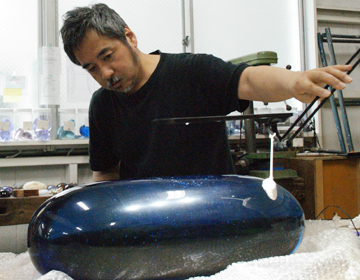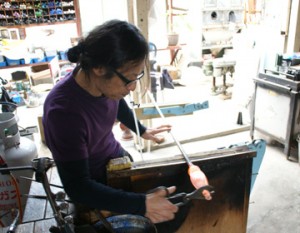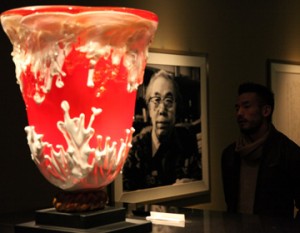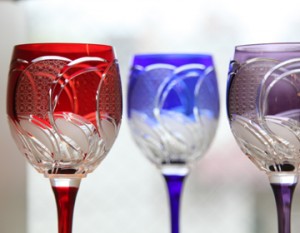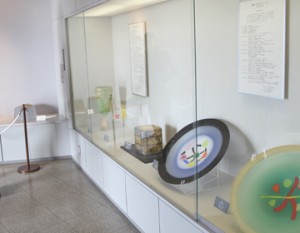Glass pieces that seem to be alive
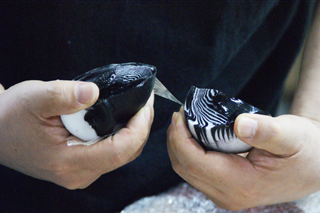
I am not sure whether freedom is an adequate word to describe Tomohiro Kano’s work, but his pieces look as though they are alive, and have a unique style. They are certainly eye-catching, and upon close examination, we discovered it was glass. The piece has a lot of different colors and different expressions, quite different compared to ”glass art” made for a particular purpose.
”Just like the thread spun from a spider, or how my nails would wind around as they grow longer, I want to create pieces as though the glass is filtered through me.”
Encounter with Glass Art
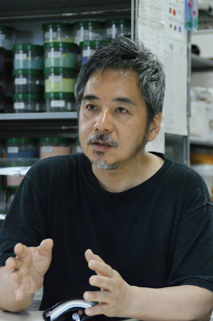
The name Kano is a name noted in Japanese art history. Kano’s great grandfather was the founder of the Kano school of Japanese art. He himself went to college and studied Japanese art, but became interested in film, and after graduation, worked for an advertisement production company. He devoted 8 years of his life as a creator, when he was in a motorbike accident, requiring him to deal with a long period of physical therapy.
During this period, he happened to recall a college friend whose father was sculpture artist Hodaka Yoshida who made glass art as a hobby, and so he decided to visit him.
”I assumed then that glass was made by craftsmen at a factory, but I found out that individuals could work with glass, and this came as quite a shock.” Kano told us. His friend recommended a glass workshop, and his journey as a glass art artist commenced.
Creating Everything with Glass
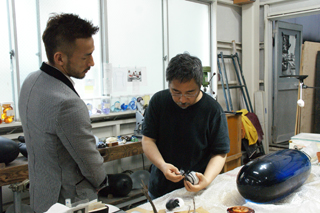
The technique he learned from Yoshida was the ”pate de verre” method, a method that derives from the ancient Mesopotamian period, existing long before the blowing technique. Generally, the prototype was made of clay or wax and a mold was made out of fire proof plaster. This was the mold casting method, where glass pieces were stuffed in the plaster mold and burned. After cooling, the glass was removed and processed.
At first, he used to follow these steps, but he always had an issue with having to throw away the prototype at the end. ”I felt a sense of emptiness, like I was losing something important. And when you create a prototype with clay, the glass that is eventually created becomes a duplicate. So I decided I would create the prototype with glass as well.” This was the start of his challenge to blow ”life” into glass.
Finding the Possibility for Molding
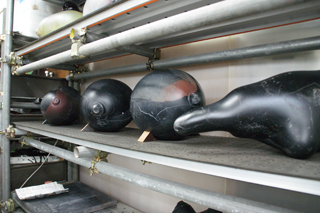
Until then, no one had made glass art using a glass prototype using the pate de verre method. Kano made glass-blown glass and covered the glass with clay. Then, he placed pieces of glass inside the glass prototype and put it in the fire. The blown-glass prototype and the glass that was later placed inside melted together, creating a dynamic ”movement”.
Kano said that the entire process is his art. The material, glass and all the other factors including nature and time are blended together. Everything intertwines with each other to create that one piece of art.
”There are so many other challenges I still have not tried with glass.” He is now creating molds without the using prototypes. Yes, he is headed towards his next challenge.



